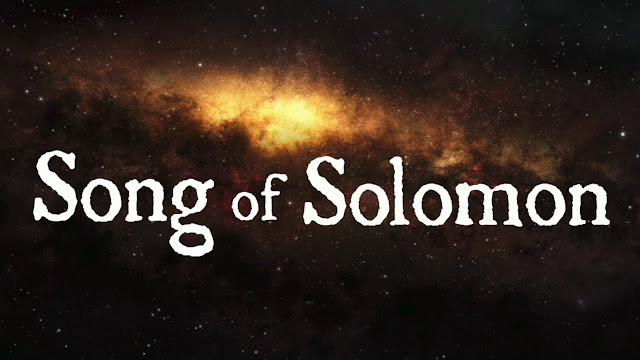The Song of Solomon
Song of Solomon, likewise called Canticle of Canticles, or Song of Songs, an Old Testament book that has a place with the third part of the scriptural group, known as the Ketuvim, or "Compositions." In the Hebrew Bible the Song of Solomon remains with Ruth, Lamentations, Ecclesiastes, and Esther and with them makes up the Megillot, five parchments that are perused on different strict celebrations of the Jewish year. This book is the festal look for Pesaḥ (Passover), which praises the Exodus of the Israelites from Egypt. The book in its current structure postdates the Babylonian Exile, however the sonnets that it jam date from about the tenth century BC, the time of the Davidic government.
The book, whose writer is obscure, is an assortment of affection sonnets spoken on the other hand by a man and a lady. There is no sound story in the book. Some of the sonnets methodicallly portray the magnificence and greatness of the adored. The Song of Solomon has gotten different understandings, the most well-known being figurative, sensational, cultic, and exacting. Among Jews, the symbolic understanding sees the book as a purposeful anecdote of God's affection for the Israelites, with whom he has made a sacrosanct contract. Among Christians, the book is deciphered as depicting the covenantal love of Christ for his congregation. In archaic otherworldliness, the Song of Solomon was interpreted to apply to the adoration among Christ and the human spirit. (see Video)

